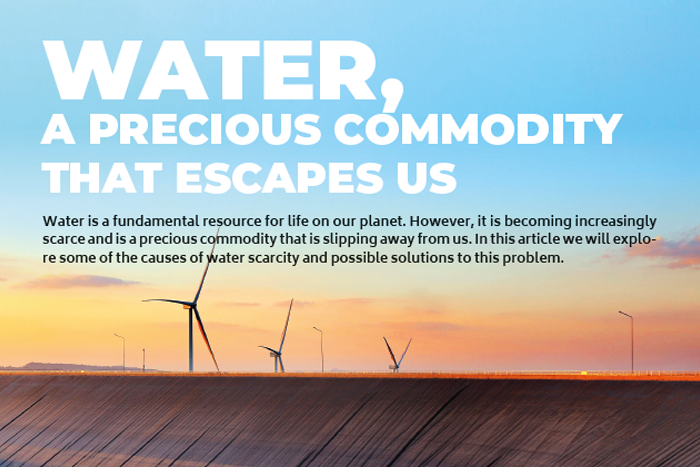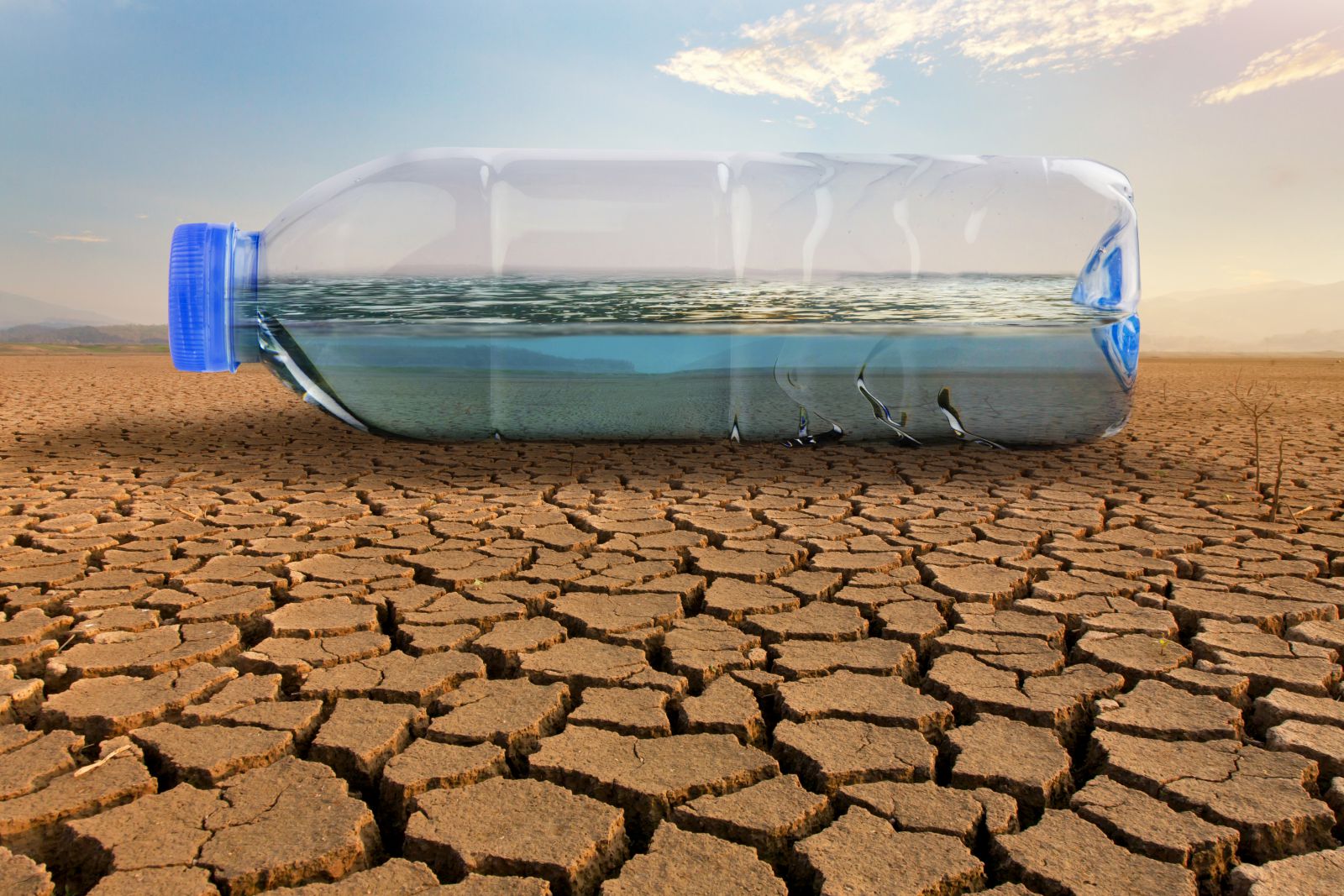
One of the main causes of water scarcity is climate change. Rising temperatures in many parts of the world have led to increased evaporation of water, which means that less water is stored in lakes, rivers and aquifers.
In addition, climate change has also led to greater variability in rainfall patterns, leading to longer and more severe droughts in many parts of the world. Another major cause of water scarcity is the overexploitation of water resources. Many regions of the world are using more water than they can recharge, which has led to declining groundwater levels and salinisation of aquifers.
In addition, the construction of dams and the canalisation of rivers has also altered the natural flow of water, which has had a negative impact on aquatic ecosystems and biodiversity. Water pollution is also a serious problem in many countries. The release of toxic substances into rivers and lakes can have devastating effects on human health and biodiversity. In addition, water pollution can also limit its use for agricultural and industrial purposes.
Despite these challenges, there are solutions to address water scarcity. One is the adoption of more sustainable water use practices, both in domestic, industrial and agricultural water use. This can include the use of more water-efficient technologies, smarter irrigation management and wastewater reclamation.
The conservation of aquatic ecosystems is also essential to secure long-term water supplies. Restoring river flows, protecting wetlands and promoting sustainable agriculture can help maintain natural water resources.

Spain loses 25% of supplied water, 15% due to leaks and breaks in the distribution network.
According to various studies in Spain, the level of water losses is equivalent to 25% of total consumption, including both real losses (15%) and apparent losses (10%).
The level of water losses refers to the amount of water that is lost between supply and consumption by fi nal users. These losses can occur at any stage of the supply process, including distribution, storage and delivery of drinking water.
There are two types of losses: real and apparent. Real losses are measurable and are due to breaks, breakdowns and leaks in the distribution network. On the other hand, apparent losses are due to metering errors, fraud and unmeasured authorised consumption.
There are several reasons for these water losses in the distribution network. One of the main reasons is the age of the water infrastructure, which in many cases has been built decades ago and has not been properly renovated and maintained. There are also network design and construction problems, such as poorly installed or designed pipes, which can contribute to leaks and breaks.
To address this problem, the Spanish authorities have implemented various measures. These include the renovation of water infrastructure, the promotion of more effi cient water management technologies and the improvement of network maintenance and repair processes. In addition, awareness-raising and sensitisation measures aimed at fi nal users have been put in place to promote more effi cient water use and reduce waste.





